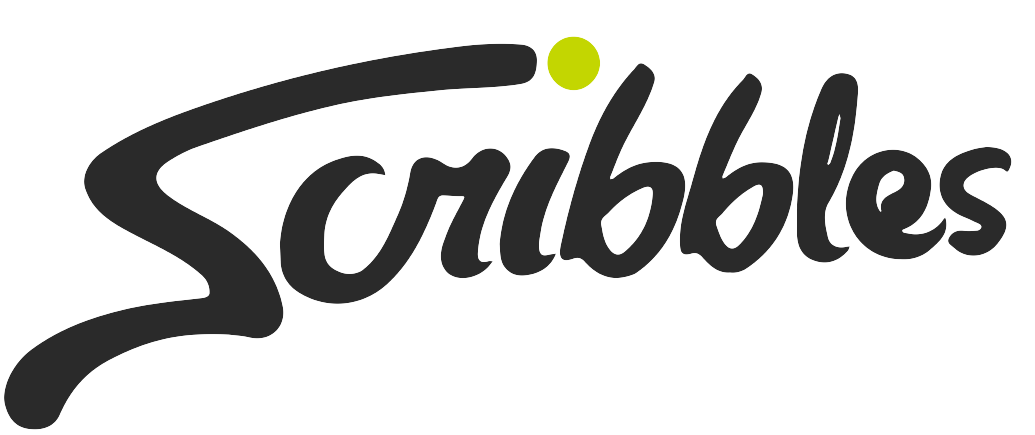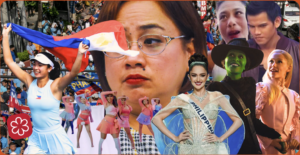What is P-pop? P-pop, short for Pinoy Pop or Philippine Pop, is a popular music genre in the Philippines. It encompasses various musical styles and influences, often blending traditional Filipino sounds with contemporary pop, dance, hip-hop, and R&B elements. Let’s learn more about P-Pop, shall we?
How did it start?
The origins of P-pop can be traced back to the broader development of Filipino popular music, which has evolved over several decades. Here is an overview of the critical milestones and influences that have shaped the emergence of Philippine music as a distinct genre:
Early Influences:
- 1960s-1980s: Manila Sound and Original Pilipino Music (OPM)
- 1990s-2000s: Early Pop Groups and Influences
- 2010s: Rise of Modern P-Pop
- K-Pop Influence
- Key Milestones:
- SB19: Formed in 2016 and trained under a Korean management company, SB19 is credited with pioneering the modern Pinoy music movement.
- MNL48: Launched in 2018, MNL48 is the Filipino sister group of Japan’s AKB48. Their unique concept of having rotating members and regular performances helped popularize the idol group format in the Philippines.
- Formation of New Groups: Following the success of SB19 and MNL48, other groups, such as BINI and Alamat, emerged.
Fast Rise of P-Pop Groups
The boom of P-Pop reflects a significant trend in the global appreciation and consumption of pop music. It mirrors the ascent of K-pop and J-pop, showing how localized music genres can gain international acclaim and foster large, dedicated fan bases worldwide.
- Cultural Fusion: P-Pop uniquely blends Western pop influences with Filipino cultural elements. This mix appeals to local audiences and offers something fresh and novel to international listeners.
- Talented Artists and Groups: SB19, MNL48, and BINI have played pivotal roles in popularizing P-Pop. These artists are known for their vocal skills, dance abilities, and charismatic performances, similar to the traits admired in K-pop idols.
- Strong Fan Communities: Like K-Pop, P-Pop has cultivated enthusiastic and organized fan communities. These fans use social media to promote their favorite artists globally.
- Social Media and Digital Platforms: The digital era has been a boon for P-Pop. Platforms like YouTube, X (formerly Twitter), and TikTok have allowed artists to share their music videos, behind-the-scenes content, and personal stories directly with a global audience.
- Industry Support: The Philippine entertainment industry has started to invest more in promoting our music abroad.
- Adaptability and Innovation: The music industry continues to evolve, incorporating current global music trends and technologies into its productions.
The Future of Philippine Music
The rise of digital media and platforms like YouTube, TikTok, and Spotify has allowed P-Pop to reach audiences worldwide. International fans engage with P-Pop through music videos, online fan communities, and social media, helping to spread its popularity across different countries.
P-pop is a growing force in the global music scene, highlighting the Philippines‘ unique cultural contributions and expanding the international influence of Southeast Asian pop music.
Which local groups have you been listening to? Recommend us some songs that we can add to our playlist! We’d love to know more!





